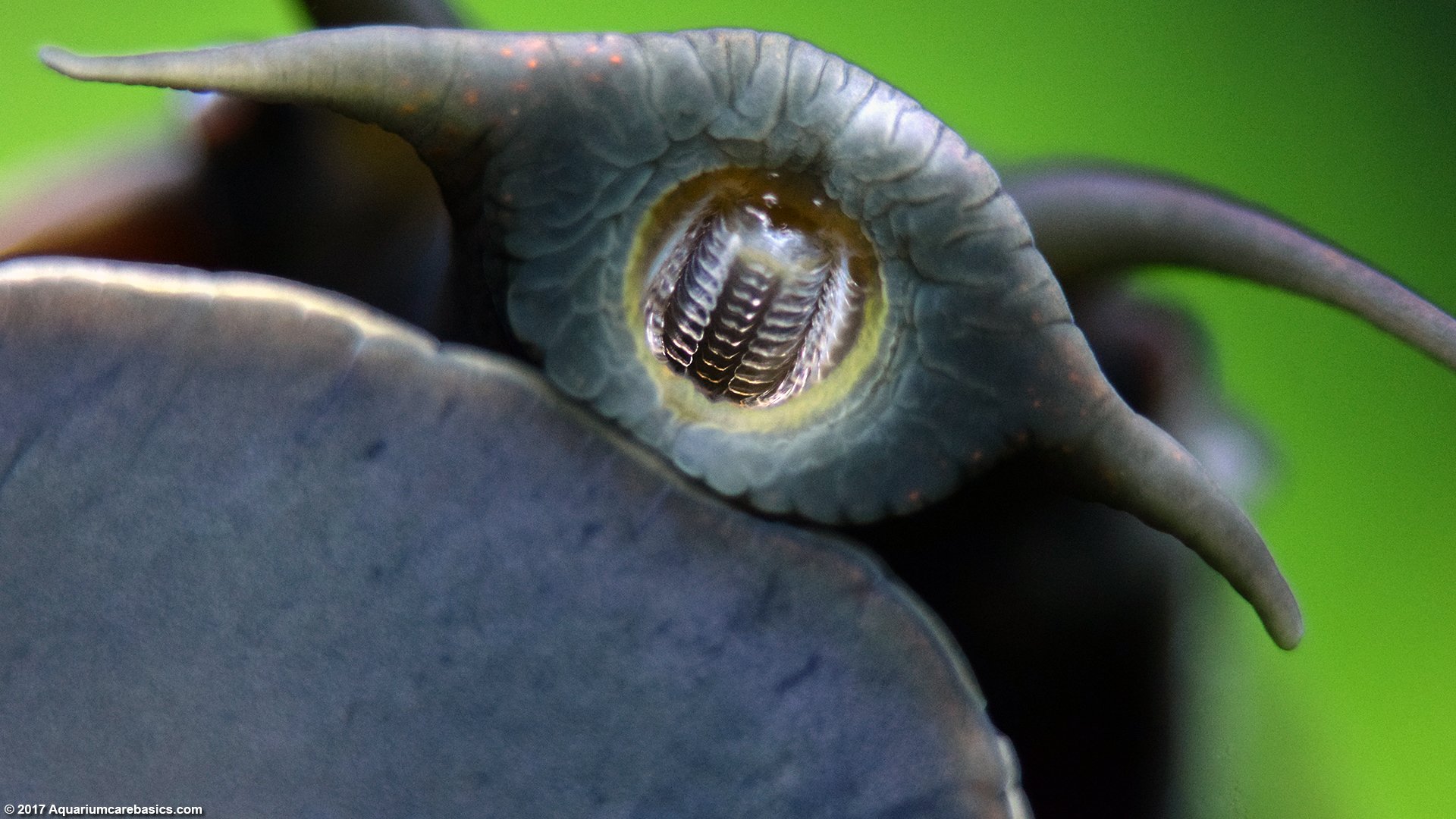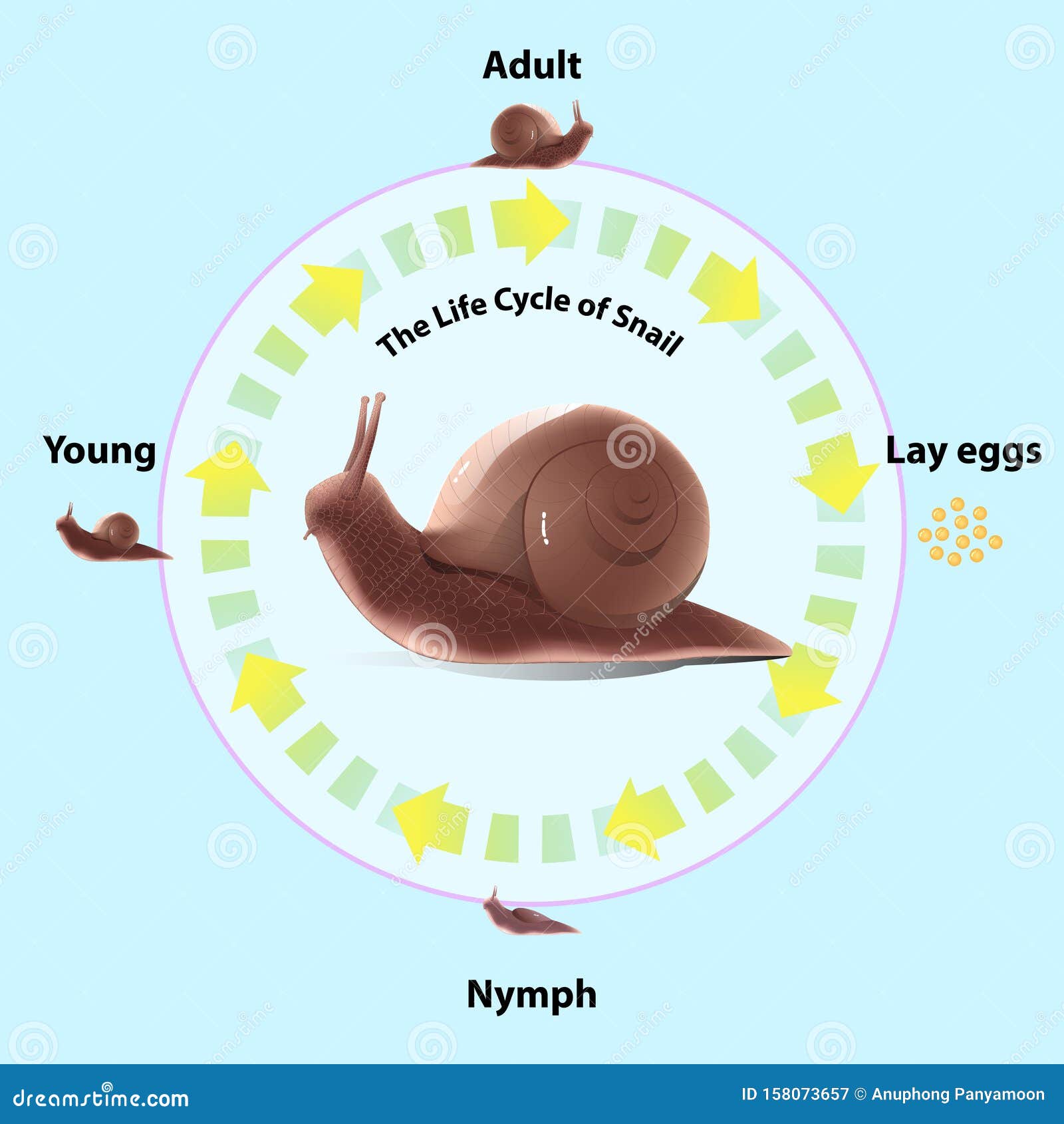

This means that they can reproduce in greater numbers than other snails like the Mystery or Nerite snails which require mating to lay & fertilize eggs for reproduction. These little critters are hermaphrodites with male and female reproductive systems. Finding bladder snails in sewer water or contaminated rivers is not uncommon.īladder snails are also survival experts because of how they breed. These snails live in warm temperature waters but are very tough, capable of surviving the harshest of climates, from cold water to polluted environments and infested waters. Physella acuta is the most common type that is found all over the world and is most likely the one in your aquarium tank. They come in two types, the Aplexa hypnorum, also called the moss bladder snail, or the Physella acuta, also called the acute bladder snail.

The bladder snail scientifically belongs to the G astropoda class of the Physidae family. Short Summary of Bladder Snails and their habitats Bladder Snail Overview Source: NamesĪlso known as the European physa, the acute bladder snail, or tadpole snailĬommon in many parts of the world, from North America to Europe, Arctic Zones, and the North Temperateįirst noticed in the Mediterranean during the 19 th Century as part of the Lymnaeoidea superfamily of mollusks.ġ – 2 years, about 3-5 years in the ideal environmentĪlgae, dead leaves, and small leafy vegetationįreshwater conditions with 12 degrees of hardness Read on to know exactly what to do about bladder snails. With this in mind, it is important to know all about bladder snails, from how they breed to how they behave and how they are cared for. Bladder snails do not need a mate of the opposite sex to breed, meaning they can easily take over the tank in a matter of weeks if you do not get them out. However, the problems begin when the snails start reproducing.

Source: first, the bladder snails are a blessing, actively eating decaying matter, waste, and algae at the surface. Aquarists unintentionally get bladder snails when they introduce live plants with bladder snails latching on the leaves. You can physically introduce them to your tank to do the job, but most aquarists do not get bladder snails in their system in this manner. These snails are active waste and algae eaters, which makes them an excellent option for low-maintenance waste management. platae (slow growth, high posthatching mortality, late maturation and relatively low fecundity) indicate lower invasive potential and population resilience than those of invasive apple snails.Bladder snails can be good or bad, depending on whether you intentionally introduced them to your aquarium. Several attributes of the life cycle of A. platae males would mature in their second summer and females during their second or third summer, and that the survivors would reproduce again during the three following summers. Our laboratory data indicated that, in temperate environments, A. The tertiary sex ratio of the three cohorts was balanced, but varied from 0.25 to 0.76 among egg masses. The lifespan fecundity of females included 20.61 egg masses and 1429.9 eggs. The survivorship curves showed 63% mortality during the first 2–8 weeks, almost no mortality for the following 2 years and finally a steady decline in the number of survivors, with at least 7% of the snails still alive after 3 years. Males matured at a smaller size (21.16 vs 24.53 mm) and much earlier (55.02 vs 84.88 weeks) than females. In terms of the von Bertalanffy model, females attain higher asymptotic sizes (26.02–25.72 mm) than males (23.01–24.89 mm), but males grow to their asymptotic sizes at slightly higher rates than females (0.047–0.054 vs 0.050–0.057 week−1). platae remained continuous during the 4-year lifespan and the snails reached 80% of their asymptotic size at an age of 1 year. We investigated the life cycle and fecundity of Asolene platae, an apple snail with a different reproductive mode (aquatic egg masses) from the Río de la Plata basin by following three cohorts from hatching to death under laboratory conditions. Ampullariids or apple snails have been intensively studied in recent decades due to the fast global expansion and severe impacts of two species of Pomacea, a genus with a peculiar reproductive mode (aerial egg masses). Reproductive mode, life cycle and fecundity are relevant to understand and predict the spread and impacts of invasive freshwater molluscs.


 0 kommentar(er)
0 kommentar(er)
